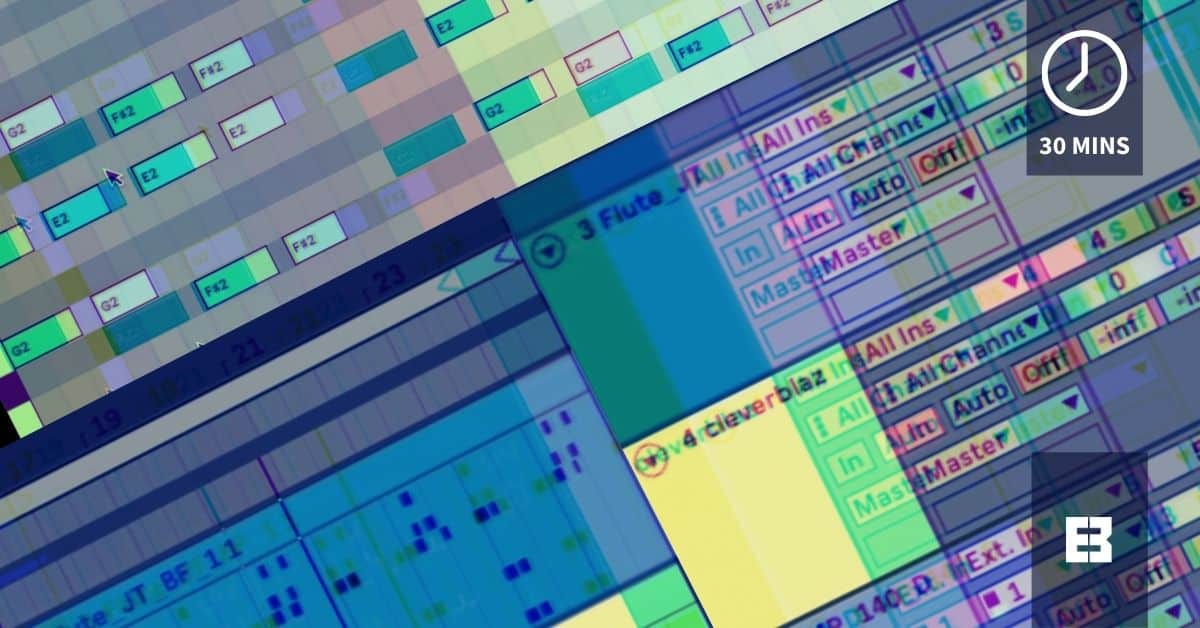Ekula presents a 25-minute course on the music theory you’ll need to put together a bassline under any given piece of music. Working both with MIDI / piano-roll and with aural techniques, you’ll learn how to navigate the sometimes confusing territories of keys and scales in order to save yourself a lot of time and error in working out which notes are right for your bassline.
In the first video, Ekula provides a brief overview of the music theory course before discussing how to establish the ‘root note’ of the music you’re working with. You will learn how to decipher this from information within your piano-roll, alongside how to do this by ear.
In the second video, we use the root note to decipher what the 5th (aka the dominant) note is in order to construct a “walking bassline”. We look at this using a choice of: the cycle of fifths, degrees of a given scale, or semitones. It is also discussed how to listen for this by ear.
In the third video, Ekula expands on the 2-note ‘walking bassline’ to explain how the addition of a Third allows for the writing of a ‘triadic bassline’ typical of dub music. The harmonic stability of the 3 available notes is discussed, explaining that there is a hierarchical relationship between them which directly correlates with rhythmically strong sections within a 4-beat bar.
Finally, the theory of “strong” and “weak” notes in a triad is expanded upon to explain the structural importance of different notes within a whole scale. We look at which notes must take a priority in their appearance on rhythmically strong sections of a 4-beat bar, alongside which function the secondary notes must take in order for the bassline to compliment your track.
Please check out our accredited course – The EBRSL Graded Syllabus
And if you would like to watch more music production and music business videos please head over to our Youtube channel.
Course Features
- Lectures 4
- Quiz 0
- Duration Lifetime access
- Skill level All levels
- Students 11
- Assessments Yes
Curriculum
- 1 Section
- 4 Lessons
- Lifetime






![Beginner production WEB Beginners Music Production Course [FREE Software Bandlab]](https://www.educationandbass.online/wp-content/uploads/2020/04/Beginner-production-WEB-400x209.jpeg)